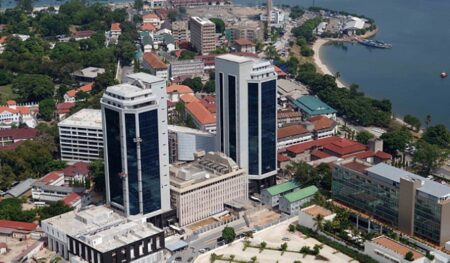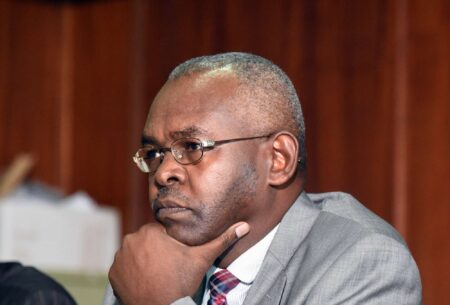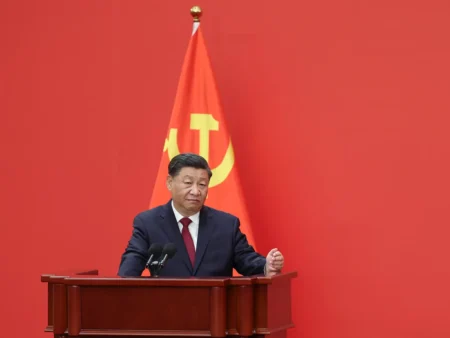- Kenya’s bilateral loans data show that the Asian giant is still a major lender to Kenya mainly for the development of roads rails and port infrastructure.
- The country’s debt as of March 2024 comprised of $80.9 billion (Sh10.4trillion) comprising $40.5 billion (Sh5.2 trillion) domestic and same amount in external loans.
- In the past three months the strong shilling has come in handy in helping the state reduce its debt.
Kenya owes China $7.2 billion (Sh920.52 billion) in loans making it the leading lender by country rankings, even as President William Ruto looks west for more financing and trade cooperation.
Official data shows the Asian giant is still a major lender to Kenya mainly for the development of roads rails and port infrastructure.
It is the second biggest majorl lender after the World Bank, whose credit line to Kenya is currently at an estimated $14 billion (Sh1.8 trillion)
The country’s debt as of March 2024 comprised of $80.9 billion (Sh10.4 trillion) comprising $40.5 billion (Sh5.2 trillion) domestic and same amount in external loans.
A further country analysis shows that France comes second having loaned Kenya an estimated $902.4 million (Sh116.69 billion) mainly on investments towards urban development and water projects.
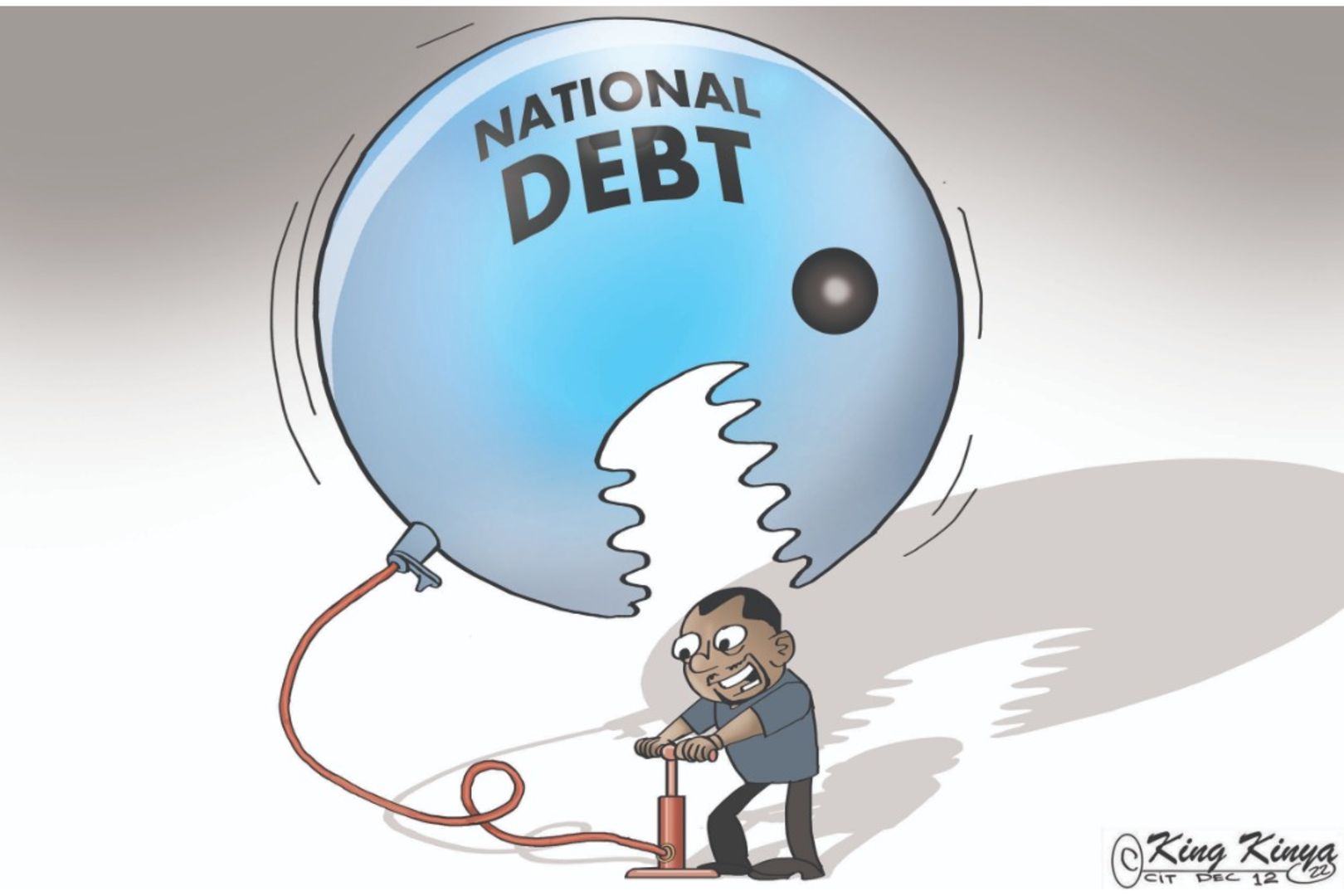
Did you know, African countries are spending more money in servicing their national debts than even the amount they dedicate to providing health services to their citizens; who ironically pay the taxes used to service these debts!
Photo/Citizen
The country’s reliance on external funds to finance its development projects and economic initiatives have seen Japan with a debt of Sh863.5 million (Sh111.53 billion), emerge third in the list.
Germany’s contribution stands at $404.5 million (Sh52.78 billion), Italy’s debt, amounting to $242.2million (Sh31.44 billion) and Belgium’s financial involvement totaling $217.8 million (Sh28.45 billion).
Other lenders are Spain, whose contribution, amounts to Sh16.34 billion and USA, although a smaller creditor, has provided Sh1.15 billion.
Other notable creditors include Austria with Sh2.13 billion, Finland with Sh620 million, and Denmark with Sh320 million. Additionally, loans from other Paris Club members total Sh2.36 billion, while non-Paris Club members account for Sh27.61 billion.
Read Also: Africa’s debt dilemma: health takes a backseat as loan burdens pile up
Kenya’s Bilateral Loans
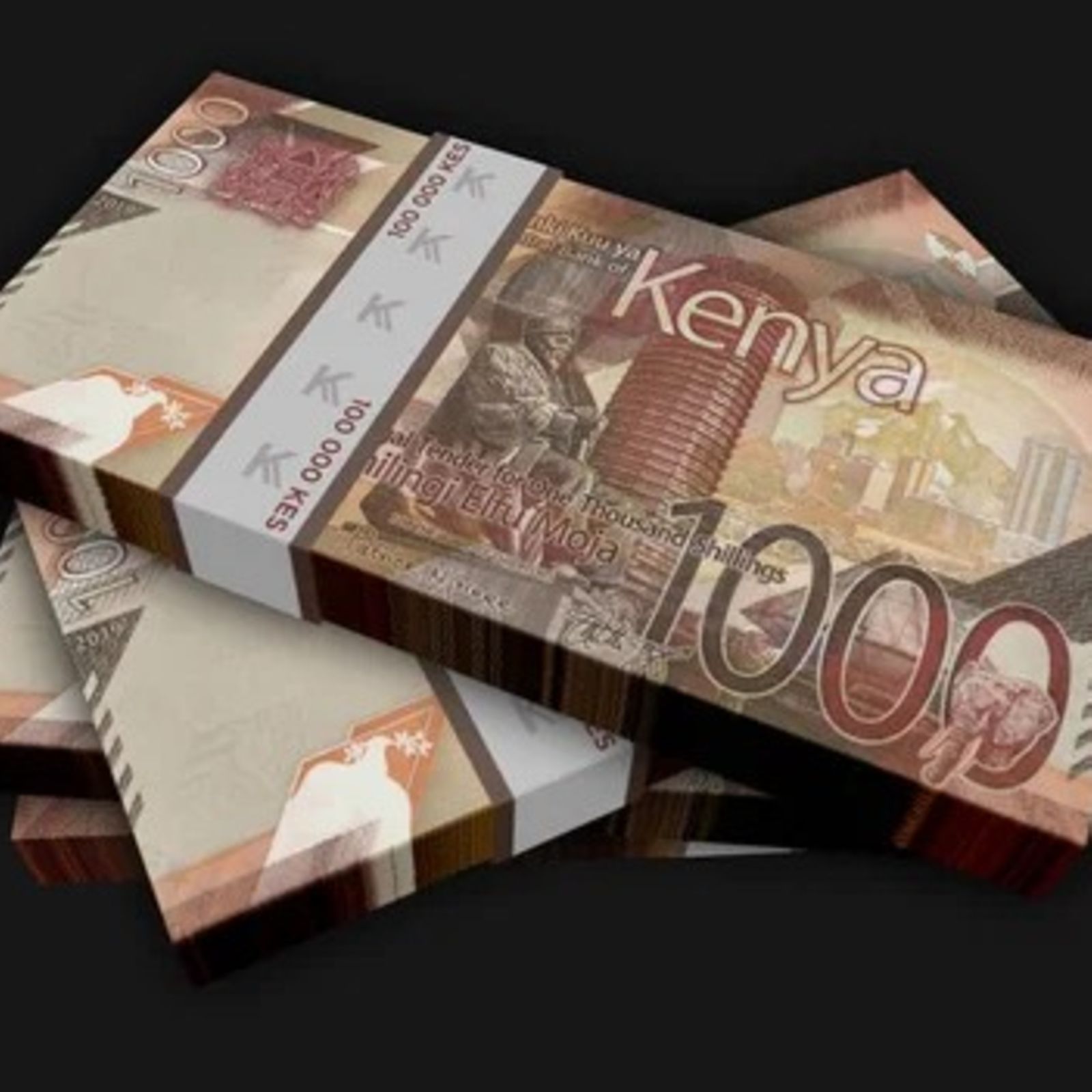
President William Ruto’s administration has been has maintained that Kenya’s current debt situation underscores the urgent need for sustainable economic growth to manage and repay these substantial obligations.
In a dispatch by Statehouse on Thursday morning, the government said that while external borrowing has facilitated significant development, it also poses risks of debt distress.
Citing that effective debt management and comprehensive economic reforms are essential to ensure that these borrowed funds yield long-term economic benefits and prevent fiscal instability.
“In line with the administration’s fiscal consolidation strategy, which seeks to reduce government borrowing, and in pursuit of the aspiration to achieve a balanced budget by 2027, the proposed budget consolidates these efforts by reducing the budget deficit by nearly 50 per cent,” reads the dispatch.
It further adds “This is realised through reduction of the deficit from Sh1 trillion in the financial year 2021/22, Sh925 billion in the financial year 2023/24 to Sh597 billion in the financial year 2024/25,” added the communiqué.
The statement from the office of the president noted the challenge for Kenya’s government is to balance development needs with the imperative of maintaining fiscal health.
Despite these measures the government has increased its borrowing target for the fiscal year starting July 1,2024 to Sh597 billion.
This was an increase of Sh82.3 billion from a deficit of Sh514.7 billion that Treasury Cabinet Secretary Njuguna Ndung’u had earlier tabled in the National Assembly.
With a budget deficit of Sh514.7 billion, the Treasury expected to borrow Sh256.8 billion externally and Sh257.9 billion from the domestic market.
In the past three months the strong shilling has come in handy in helping the state reduce its debt.
Central Bank of Kenya governor Kamau Thugge in April revealed that the bullish shilling had cut Kenya’s debt by $7.7billion (Sh1 trillion).
Read Also: Africa’s $824Bn debt, resource-backed opaque loans slowing growth — AfDB






